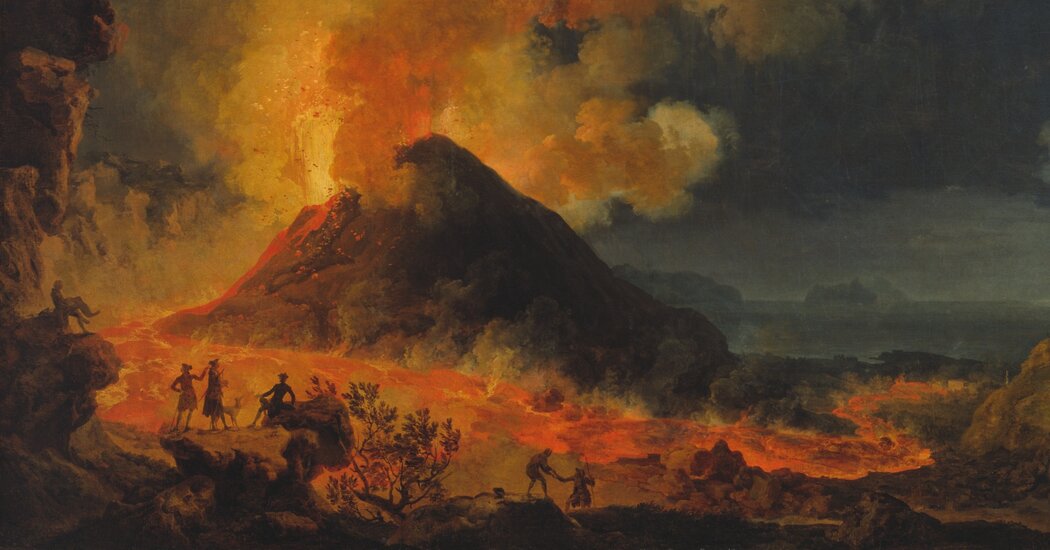While the volcano’s eruption was deadly, research shows that many people in the ancient Roman city died in building collapses from the earthquake associated with the outburst.
Pompeii was destroyed by the catastrophic eruption of Mount Vesuvius in 79 A.D., entombing residents under layers of volcanic ash. But there is more to this story of an ancient Roman city’s doom.
Research published Thursday in the journal Frontiers in Earth Science offers proof that Pompeii was simultaneously wrecked by a massive earthquake. The discovery establishes a new timeline for the city’s demise and shows that fresh approaches to research can reveal additional secrets from well-studied archaeological sites.
Researchers have always had an inkling that seismic activity contributed to the city’s destruction. The ancient writer Pliny the Younger reported from his vantage point in a nearby town that the eruption of Vesuvius had been accompanied by violent tremors. But, until now, no evidence had been discovered to support this historical account. A team of researchers led by Domenico Sparice from Italy’s National Institute of Geophysics and Volcanology decided to investigate this gap in the record.
Dr. Sparice said that excavations of Pompeii to date had not included experts in the field of archaeoseismology, which deals with the effects of earthquakes on ancient buildings. Contributions from specialists in this area were key to the discovery, he said.
“The effects of seismicity have been speculated by past scholars, but no factual evidence has been reported before our study,” Dr. Sparice said, adding that the finding was “very exciting.”
The team focused on the Insula of the Chaste Lovers. This area encompasses several buildings, including a bakery and a house where painters were evidently interrupted by the eruption, leaving their frescoes uncolored. After excavation and careful analysis, the researchers concluded that walls in the insula had collapsed because of an earthquake.
